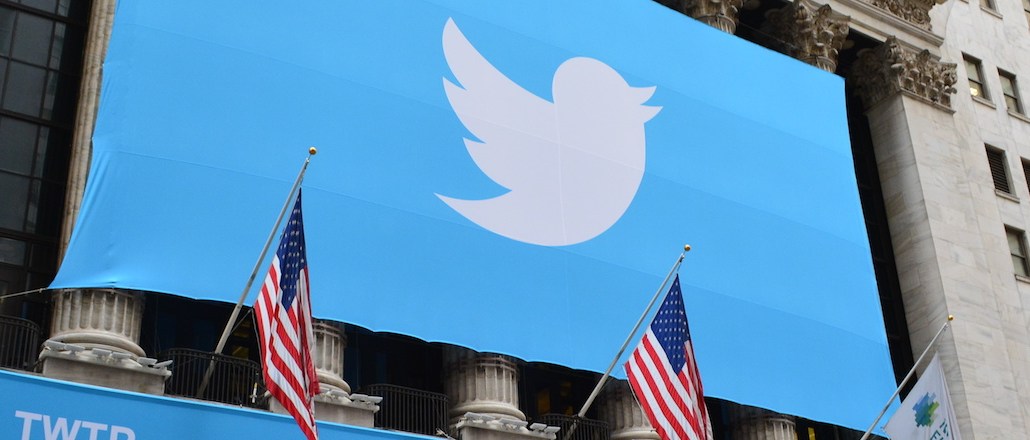Connect with execs from The New York Times, TIME, Dotdash Meredith and many more

It’s not just you: Twitter looks naked today.
Users noticed that their custom wallpapers have been replaced with a plain white homepage background in a move that aligns the look of the desktop version with its mobile app. Backgrounds haven’t been completely eliminated as they still appear on individually linked tweets and lists pages.
The Twitterati isn’t pleased with the sudden change, though. One person is floating the idea that change is readying the website for “new background ad formats.” A source close to Twitter told Digiday it’s not related to the platform’s ad strategy, so don’t expect to see a takeover of your timeline from say, Dr. Pepper or another brand. For the time being.
Remember, last year Twitter revamped desktop user’s timelines to resemble its mobile app, so eliminating the background and clashing colors likely brings more unity between the two experiences. Twitter declined to comment on the record.
Still, people aren’t pleased considering that some of them had their backgrounds since they opened an account:
Why has @twitter deleted my background design? I’ve had that image for years and I don’t have the original file to re-upload it! :(
— Alex Wheeler (@AlexCWheeler) July 21, 2015
Really not happy about @twitter removing my background! I have used that same background for years and years! It looks boring now :(
— Matthew Marley (@matthewmarley) July 21, 2015
That new Twitter background on web be all pic.twitter.com/q8T8MeqFt4
— Sean Percival (@Percival) July 21, 2015
It’s too bad, Harper Lee was going to publish her 3rd novel exclusively as a Twitter background. Oh well.
— Dave Itzkoff (@ditzkoff) July 21, 2015
Oh no, everyone on Twitter has a white background. It’s like we’ve been turned into Best Director nominees.
— Scott Renshaw (@scottrenshaw) July 20, 2015
Hey @Twitter, why you messin with my background? #IAmBatman https://t.co/BYaPogK6OQ
— John Legere (@JohnLegere) July 21, 2015
More in Media

Three publishers’ workforce diversity reports show DEI efforts remain sluggish
Overall, staff diversity at The New York Times, Hearst and Condé Nast has either marginally improved or stalled in 2024, according to their annual workforce diversity data this year.

Retail media meets publishing: News UK, Future and Ocado tap clean room tech for smarter data targeting
News UK, The Independent, Immediate Media and Future are teaming up with retail media network Ocado to test clean room-powered data matching.

From sidelines to spotlight: Esports events are putting creators center stage
Esports events’ embrace of content creators reflects advertisers’ changing priorities across both gaming and the wider culture. In the past, marketers viewed esports as one of the best ways to reach gamers. In 2025, brands are instead prioritizing creators in their outreach to audiences across demographics and interest areas, including gaming.





